Kimiidera Temple, Top Pick for Sakura in Wakayama
Kimiidera Temple is located roughly 50 km south of Osaka City. In addition to being part of the Saigoku Kannon Pilgrimage, the temple is also famous for its hundreds of brilliant cherry blossom trees.
Temple Grounds of Kiimiidera
According to temple legend, In 770 a monk from China named Iko [為光] came to Japan to spread the teachings of Buddhism. During his travels, he saw a bright light coming from a mountain. Drawn by the light, Iko climbed to the top of the mountain. There he saw Kannon Bosatsu, shining in all her glory. Iko was so moved by the vision of Kannon that he immediately set to work carving a statue of the version of Kannon he saw.
In the Heian Period, it became part of the Saigoku Pilgrimage. As a result, many feudal lords from Wakayama Castle went to the temple to pray for the prosperity of the province.
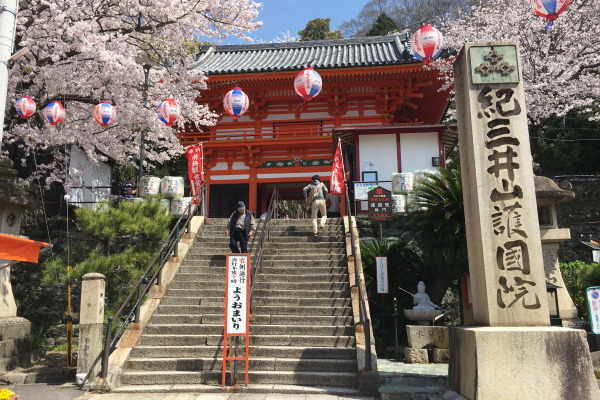
After you enter the main gate, you will see the tall staircase leading to the hondo. There are a total of 231 steps, but there are several little temples along the way to the top. Drop by one of these temples if you feel like you are getting winded.
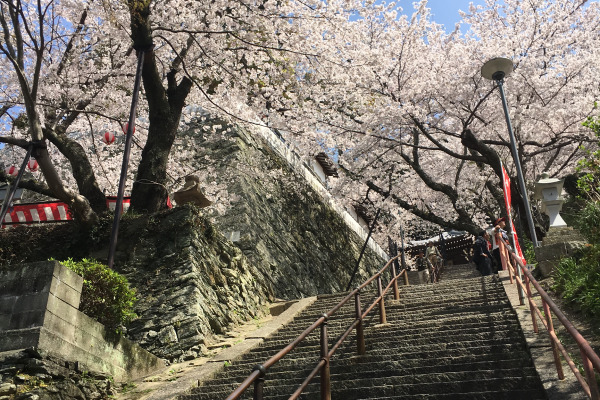
In fact, the temple’s official name is Kongoho-ji Gokoku-in, but is commonly known as “Kimii dera” because of the three sacred wells on the temple grounds. These wells are Yoryu-sui, Seijo-sui and Kissho-sui. Seijo-sui and Yorru-sui are right next to the stairs leading to Hondo.
All the water from those wells is drinkable but it seems it is highly recommended to boil it before you drink.
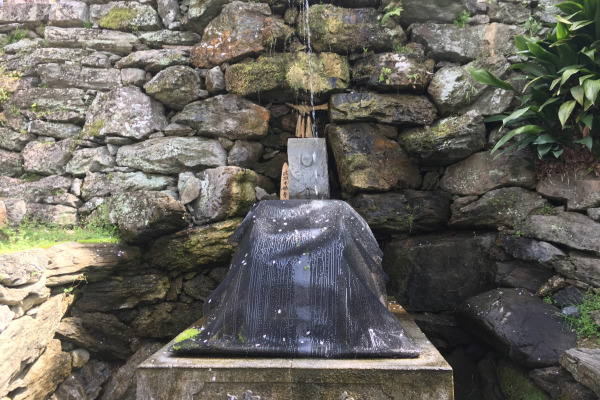
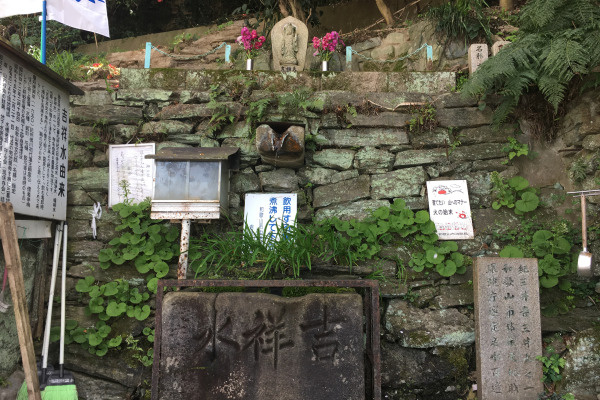
Once reach the top, you will see the main temple grounds. When we came in the middle of sakura season the temple was covered in beautiful pink and white blossoms. There are roughly 500 sakura trees at Kimiidera Temple, so the best time of year to go is definitely the spring!
From the temple grounds, you can see all the way to Wakaura, where there are many pretty beaches.
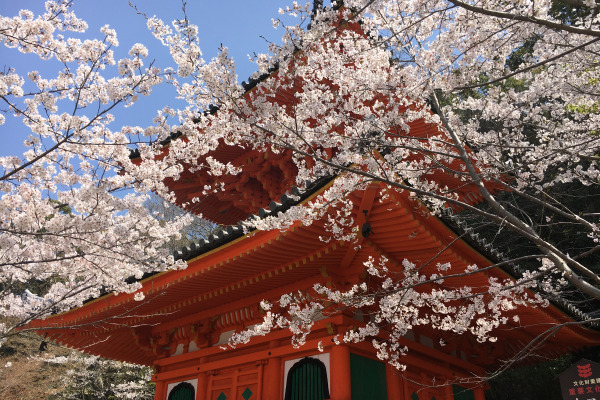
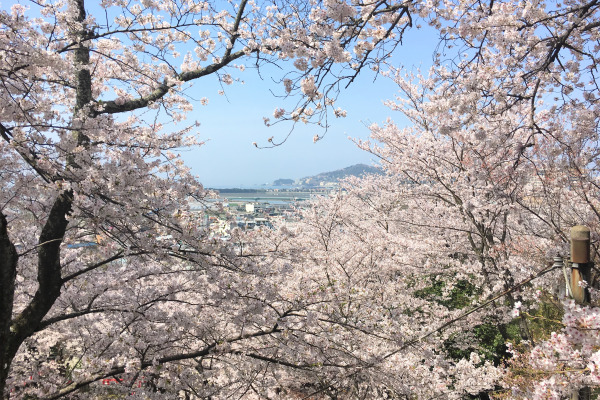
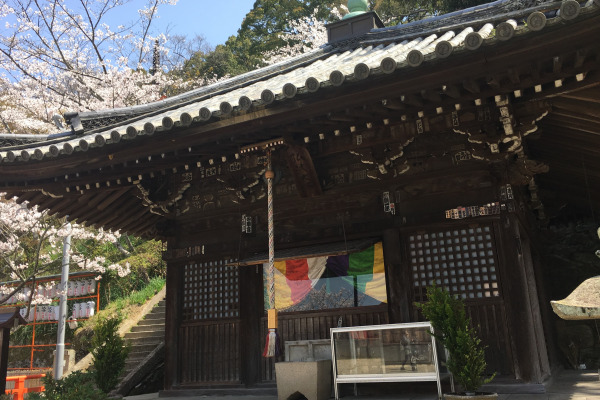
Hondo
The hondo of Kimiidera is divided into an inner sanctum and an outer hall. The outer hall is open year-round to the public, but you can only enter the inner sanctum either during certain times of the year or unless you are taking part in a ritual.
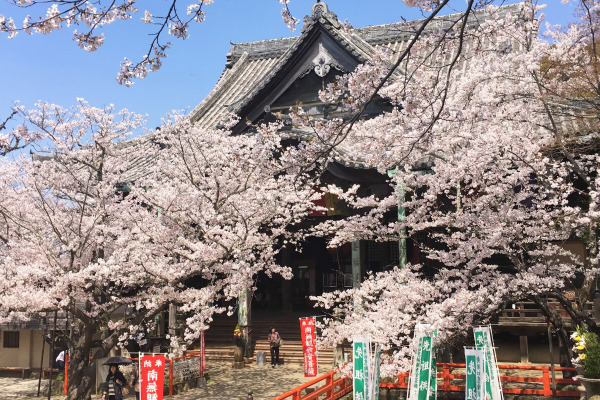
Lucky for us, the inner sanctum is open periodically during sakura season. Inside it was a bit dark, but there were many interesting things, ranging from statues of Iko to his personal belongings and even Kukai’s robes.
Even though we were inside the Hondo, we couldn’t see the main statue of Kimii-dera. Sadly, it is locked away in the Hondo and is only made visible to the public once every 50 years. Looks like we will have to wait for 2020 before we can get a chance to see them

Leave a Reply